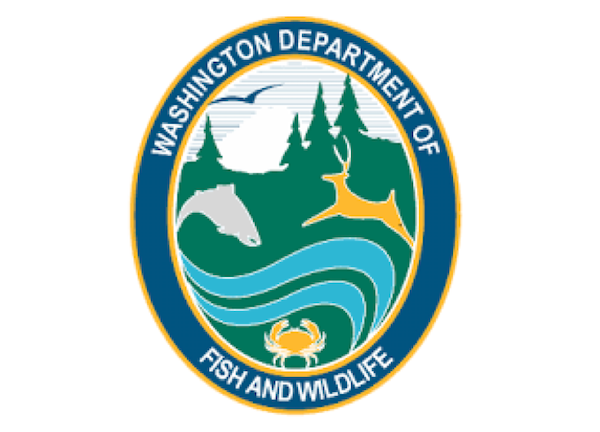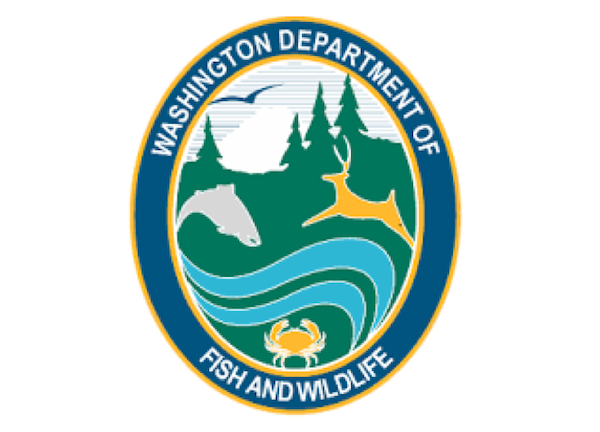Idaho Fish Report
WDFW invites public feedback on proposals for Washington’s ocean salmon fisheries

by WA Department of Fish & Wildlife Staff
3-11-2021
Website
OLYMPIA – Fishery managers have developed options for Washington's ocean salmon fisheries that reflect the need to minimize impacts to low forecasted abundances of coastal coho stocks while providing opportunities to access the large forecast for Columbia River coho.
The Pacific Fishery Management Council (PFMC), which brings tribal, federal, and state entities together to establish fishing seasons in ocean waters three to 200 miles off the Pacific coast, today approved three options for ocean salmon fisheries for public review. These ocean options will help inform other Washington salmon fisheries as the season-setting process continues.
“The options are crafted with quota levels designed to address the conservation needs of the coastal coho stocks and Puget Sound Chinook stocks while still trying to provide opportunities for anglers to access more abundant stocks in ocean areas,” said Kyle Adicks, salmon fisheries policy lead for the Washington Department of Fish and Wildlife (WDFW). “Conservation of weak and depressed natural stocks will continue to impact how salmon seasons shape up this year.”
The options for 2021 include the following quotas for state recreational fisheries off the Washington coast:
Option 1: 28,000 Chinook and 75,200 marked coho. This option includes early-season Chinook fisheries in June in all areas, followed by Chinook and marked coho fisheries through the rest of the summer.
- Westport, La Push and Neah Bay (Marine Areas 2, 3 and 4): June 19-July 3 Chinook fishery, July 4-September 30 Chinook and marked coho fishery.
- Columbia River Area (Marine Area 1): June 14-27 Chinook fishery, June 28-September 30 Chinook and marked coho fishery.
Option 2: 25,000 Chinook and 95,600 marked coho. In this option, a higher portion of the coho quota is assigned to the Columbia River Area.
- La Push and Neah Bay (Marine Areas 3 and 4): June 19-25 Chinook fishery, June 26-September 30 Chinook and marked coho fishery.
- Columbia River Area and Westport (Marine Areas 1 and 2): June 19-26 Chinook only fishery, June 27-September 30 Chinook and marked coho fishery.
Option 3: This option would close all ocean areas to salmon fishing. Queets and other coastal rivers are expected to have poor returns of natural coho this year. Queets River coho were the subject of a rebuilding plan as a result of low escapement over a number of years and are projected to return below their escapement floor again in 2021.
Daily limits and days open to fishing each week vary between areas and between the options. Last year, the PFMC adopted recreational ocean fishing quotas for the Washington coast of 26,360 Chinook and 26,500 coho
Fisheries managers use the public's feedback on the various options to negotiate a final season among states and tribes represented at PFMC that rarely mirrors a specific initial option but is refined to incorporate preferences shared by the public.
Under any of these scenarios the Department will monitor the number of salmon caught by recreational anglers and may close earlier than the above dates if quotas are met. For more details about the options, visit PFMC's webpage at pcouncil.org. There will be a public hearing on the alternatives at 7 p.m., Tuesday, March 23. More information is available on PFMC’s website.
Chinook and coho quotas and seasons approved by the PFMC will be part of a comprehensive 2021 salmon-fishing package, which includes marine and freshwater fisheries throughout Washington. State and tribal co-managers are currently developing Puget Sound and Columbia River fishery proposals. State and tribal co-managers will complete the tentative 2021 salmon fisheries package in conjunction with PFMC during its April 6-9 and 12-15 meeting.
Several additional public meetings are scheduled in March and April to discuss regional salmon fisheries. In addition to attending virtual meetings, other ways the public can participate in the state’s process include:
- Online comments: The public can provide comments on WDFW’s proposed fisheries at: wdfw.wa.gov/fishing/management/north-falcon/public-input.
- Conference calls and daily briefings: During the final days of negotiations, state fish managers plan to hold briefings, which will be available via conference call or recording following the briefing.
For a full timeline of the state’s North of Falcon process, including a public meeting schedule with opportunities to participate in virtual meetings and provide public feedback, visit WDFW’s North of Falcon public meeting schedule web page. To support COVID-19 social distancing guidelines, these meeting will be conducted online and be available to the public to watch or listen via webinar or conference call.
The collaborative state and tribal salmon season-setting process known as North of Falcon refers to waters north of Oregon’s Cape Falcon, which marks the southern border of Washington’s management of salmon stocks.
The Washington Department of Fish and Wildlife is the primary state agency tasked with preserving, protecting, and perpetuating fish, wildlife, and ecosystems, while providing sustainable fishing, hunting, and other recreation opportunities.


